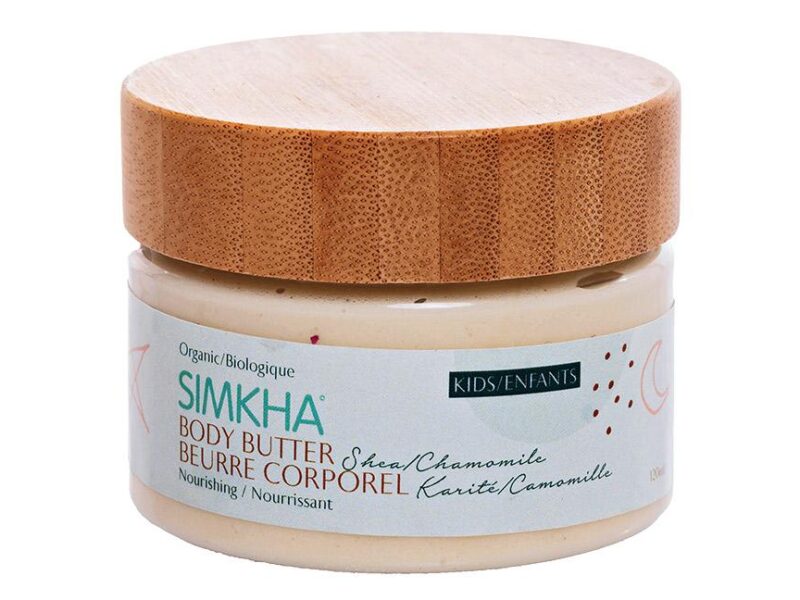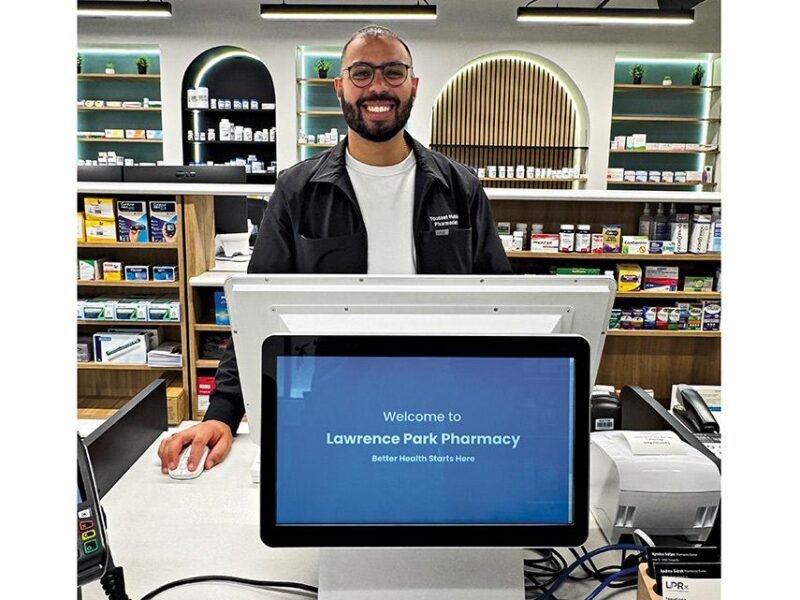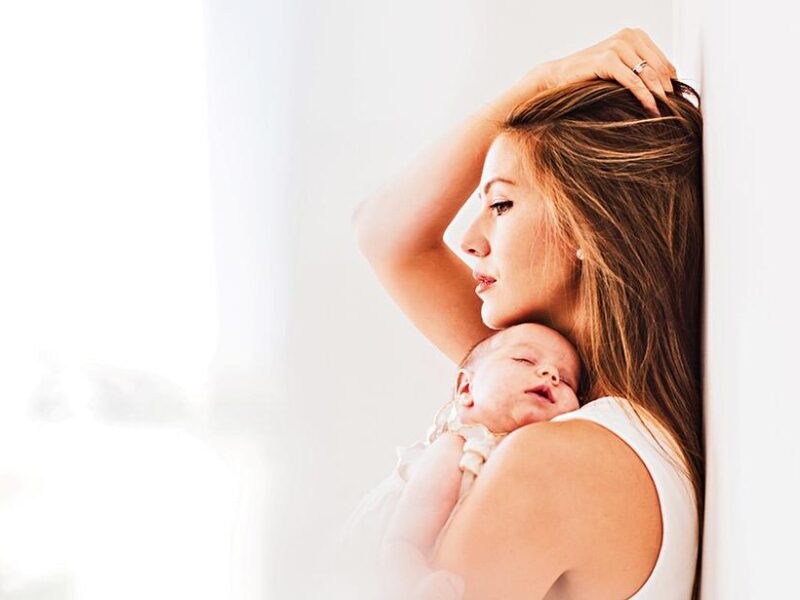Dangerous cosmetics?
Behind those picture-perfect models is a frightening secret that the personal care industry would just as soon keep secret: 89 per cent of cosmetics contain one or more untested ingredients. This means that the safety of the stuff we’re smearing on our faces and slathering on our bodies is pretty much a crapshoot.
But we’re not eating them, you say, rolling your eyes at me the way my eight-year-old does, only putting them on our bodies. Maybe so, but Stacy Malkan, a spokesperson for the Campaign for Safe Cosmetics (and a cosmetic lover herself!) reminds us that at-the-end-of-their-rope smokers put nicotine patches on their bodies too. “It’s a very direct way of distributing chemicals to our bloodstream,” she points out.
What chemicals? From mercury (rare but still found in cosmetics) to formaldehyde to petroleum distillate to lead acetate, many cosmetics play hostess to a chemical orgy. And moms-to-be, listen up: Many of these harmful or untested chemicals cross the placenta, says Jane Houlihan, vice president of research at the Environmental Working Group in Washington, D.C. Most consumers believe these products have been safety tested, Houlihan says. Yet plenty of what we slather on uses chemicals known to cause, or strongly suspected to cause, cancer, mutation, or birth defects. Kinda gives new meaning to “if looks could kill,” doesn’t it?
But, the cosmetics industry purrs, the chemicals appear in these products in such teensy-weensy amounts. Maybe they do, though Houlihan notes that some of these ingredients often make up 10 to 20 per cent of the base ingredients. Stacy Malkan points out we’re using a number of these products—each and every day—in combination with other chemicals and in long, repeated exposures. Yet tests on ingredients don’t mimic the way in which they’re being used.
As Houlihan says, we “can’t shop our way out of all exposure, but can certainly reduce exposure,” particularly to what research has revealed to be the most harmful and/or ubiquitous ingredients.
What Can You Do?
Start reading ingredients labels. On the short list, steer clear of phthalates (often listed as "fragrance"), any "parabens", and coal tar (sometimes listed as FD&C or D&C colours). And claims of “natural,” “hypo-allergenic” and “nontoxic”? Meaningless.
Avoid synthetic fragrances as well (often simply listed as “fragrance” on the label). Even “fragrance-free” products contain a fragrance to mask the chemical fragrance (see why my head is hurting these days?).
Some people give this piece of advice: If you wouldn’t eat it, don’t put it on your skin. While I’m not in the habit of eating makeup (though, the average lipstick wearer ingests about two pounds of the stuff in her lifetime, says the UK’s Women’s Environmental Network), I now lean toward ingredients that sound as though I could eat them, such as witch hazel, olive oil, nutmeg powder.
And finally, consider this: You probably don’t need much of what you invite into the bathroom. By all means, keep what you love, but find less toxic versions. And think about this from Stacy Malkan: If manufacturers can really create products that make us look 10 years younger, why can’t they take the carcinogens out?





